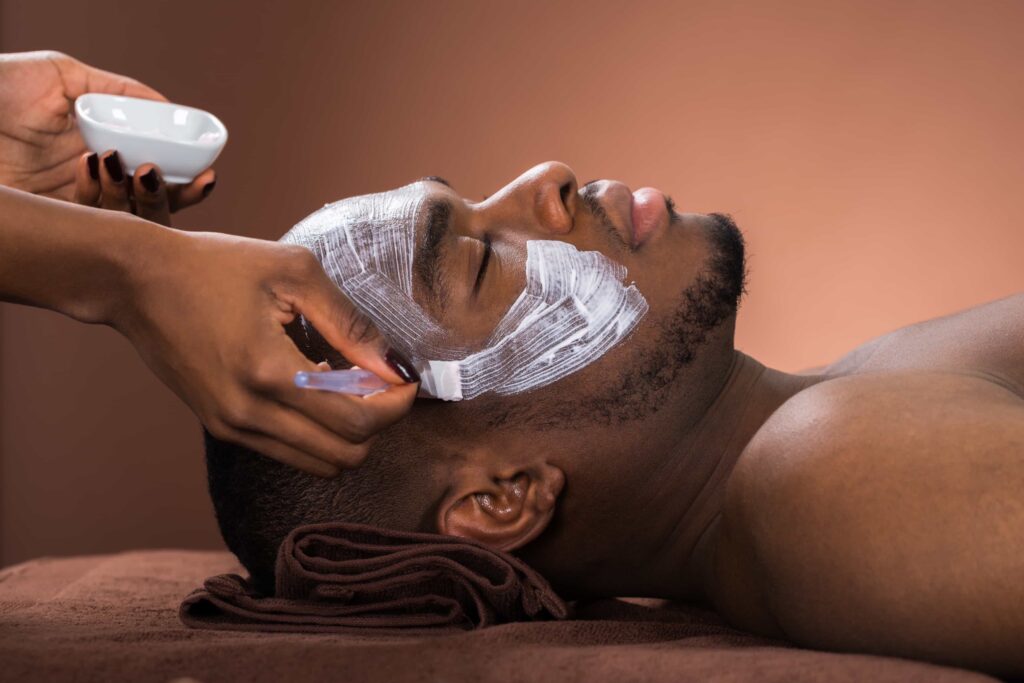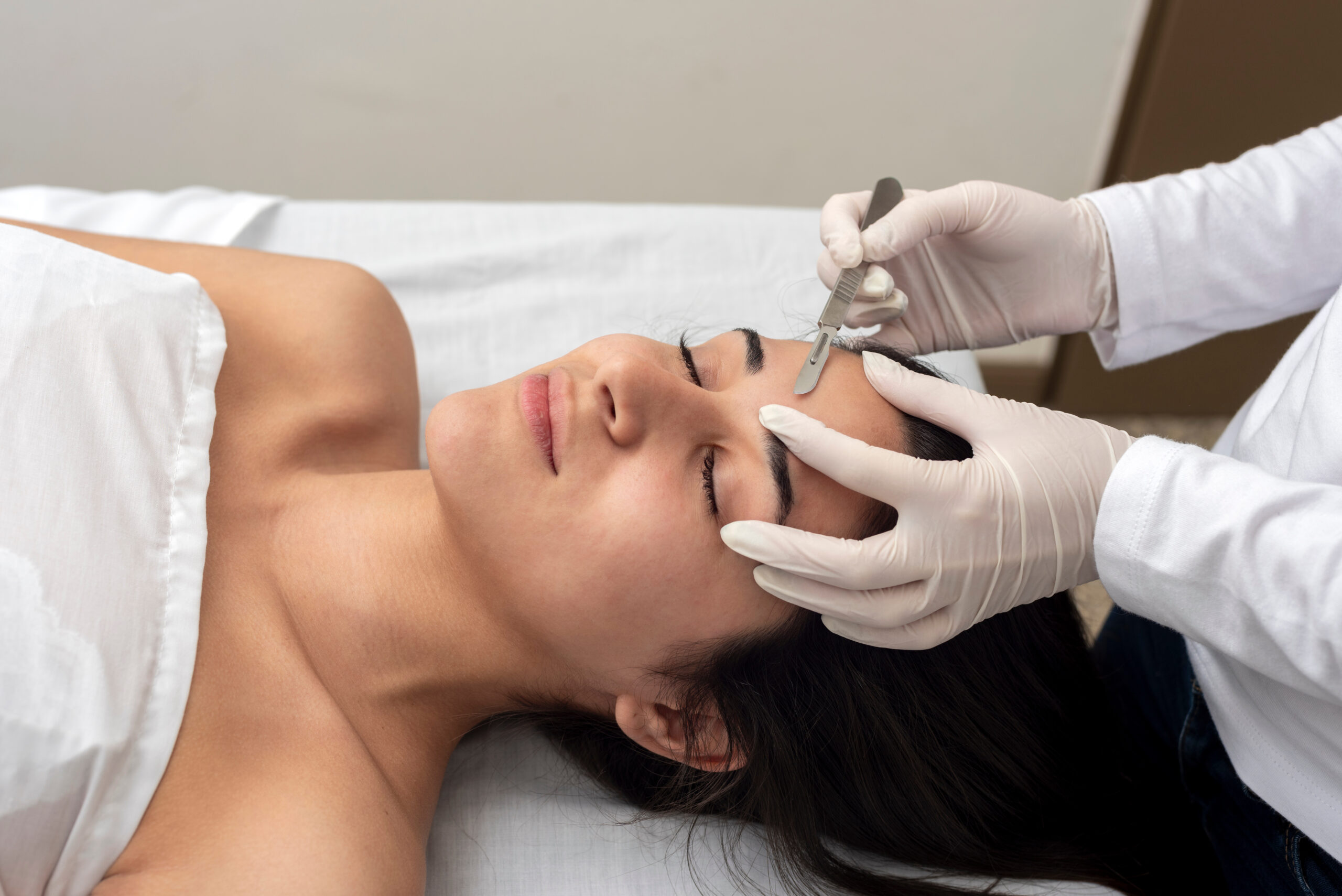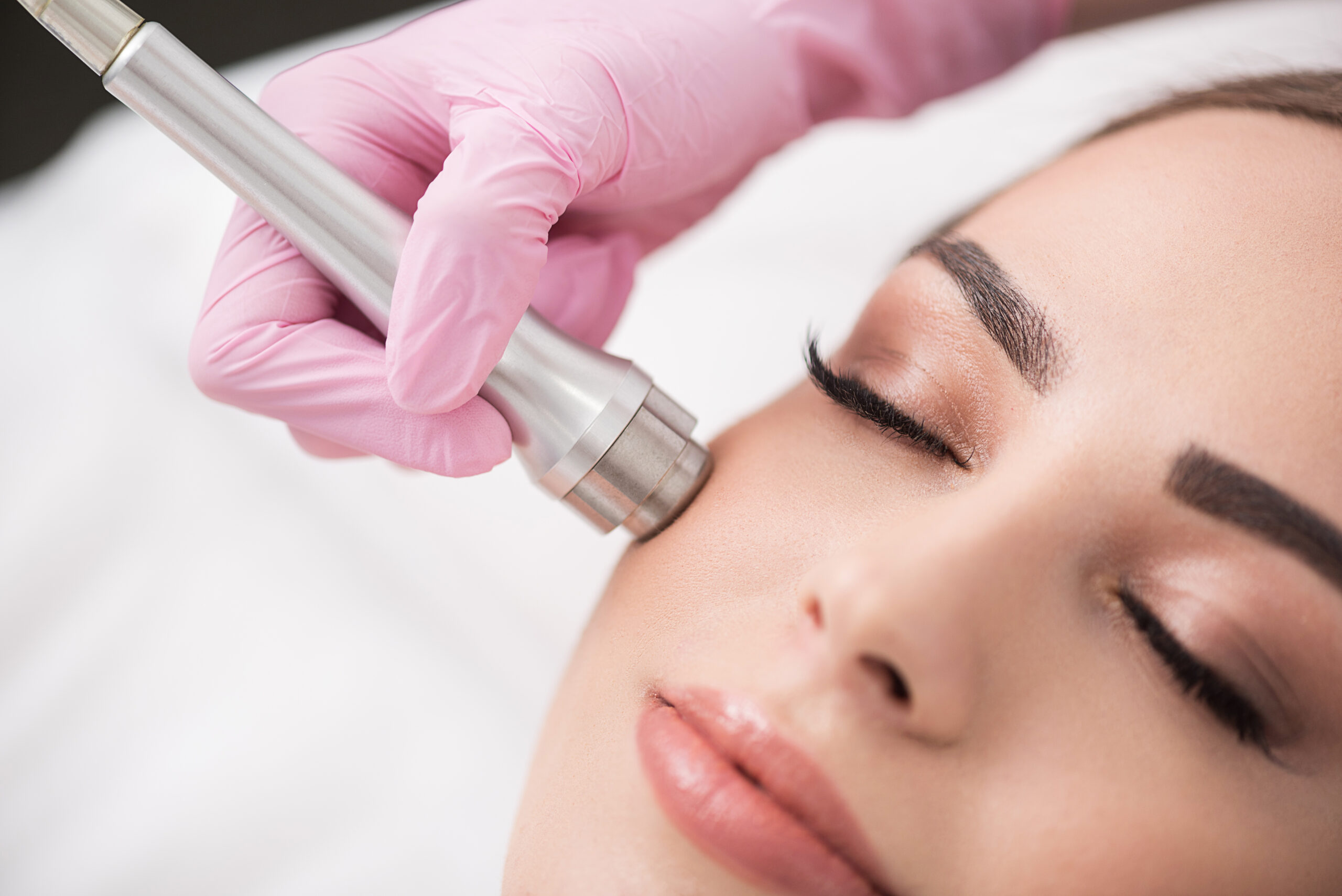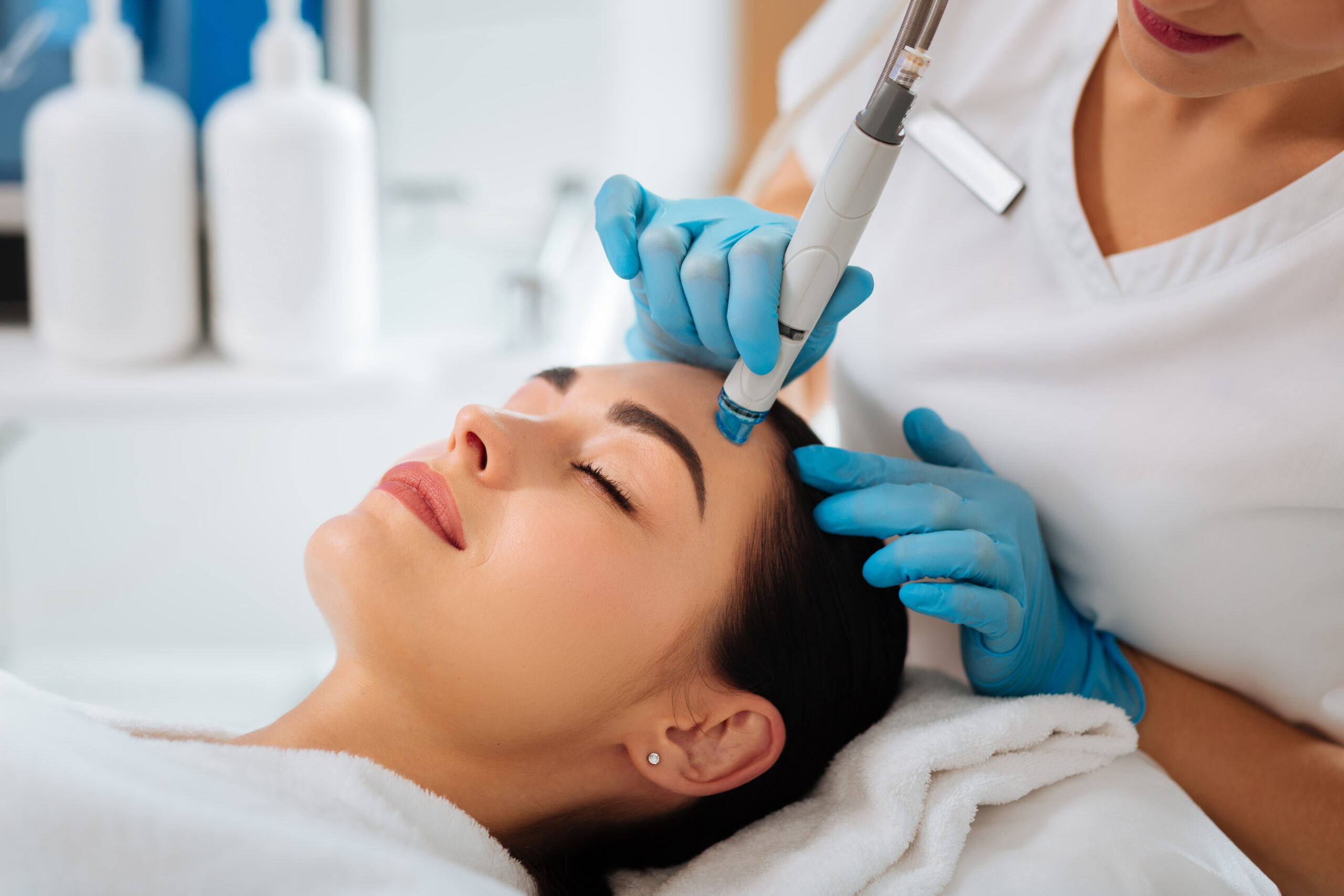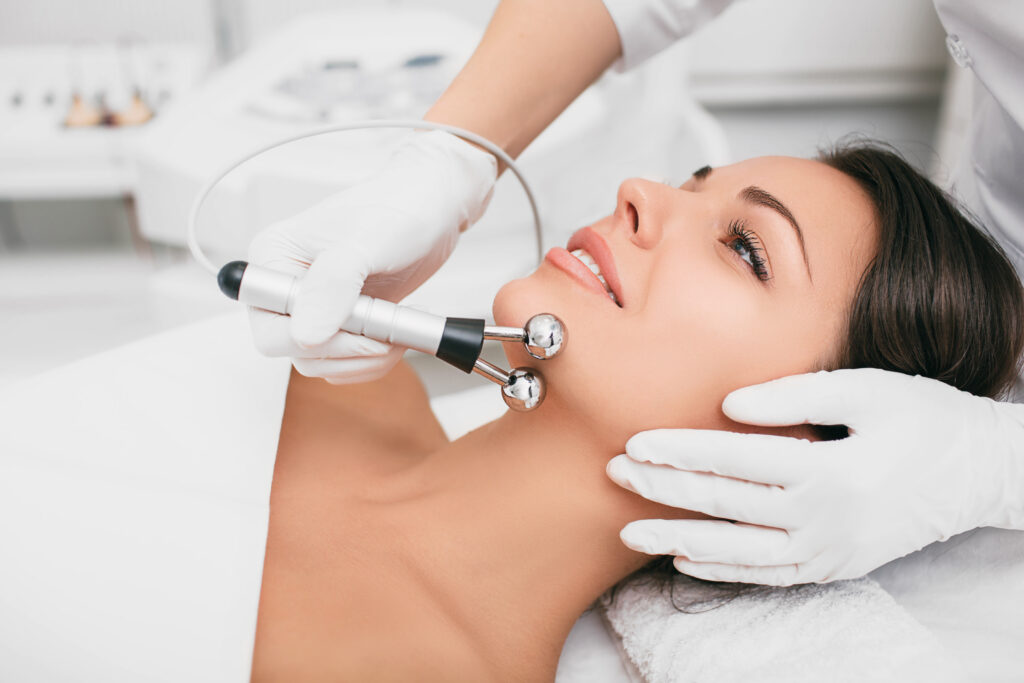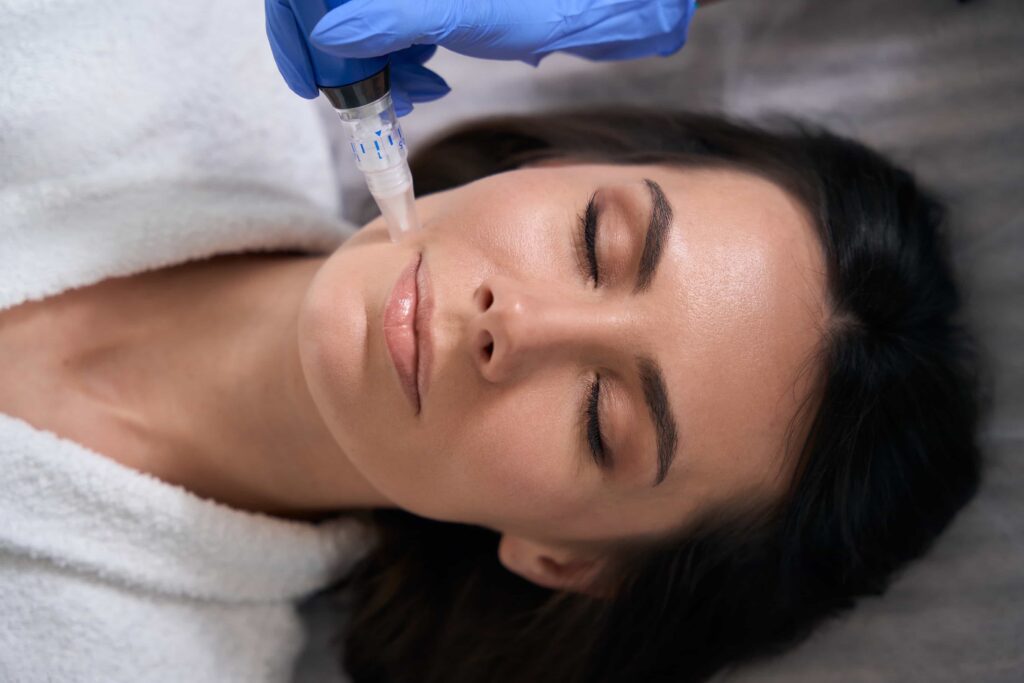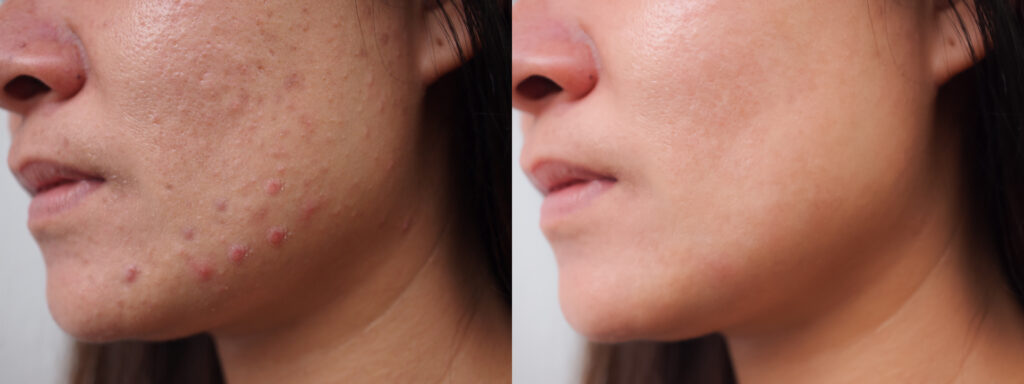Dermatology and aesthetics providers frequently use dermabrasion and microdermabrasion to resurface the skin.

The two procedures have varying levels of invasiveness and target different skin depths. As always, consult a qualified Aesthetic provider to determine the most suitable treatment.
Dermabrasion is a more intensive treatment that removes the outer layers of skin to reveal smoother skin underneath.
Here are the key points:
Procedure: A dermatologist or plastic surgeon uses a special tool with a rotating abrasive wheel or brush to gently sand the skin’s surface.
Treatment depth: This procedure reaches deeper skin layers, so it works well for more serious concerns like acne scars, deep wrinkles, and rough texture.
Anesthesia: Doctors usually use local anesthesia to keep you comfortable, and in some cases, they may use general anesthesia.
Downtime and recovery: Because dermabrasion is more aggressive, recovery takes longer. You may have redness, swelling, and scabbing, which can take a few weeks to fully heal.
Microdermabrasion is a less invasive procedure focused on exfoliating the outer skin layer. Here’s what you should know about microdermabrasion:
